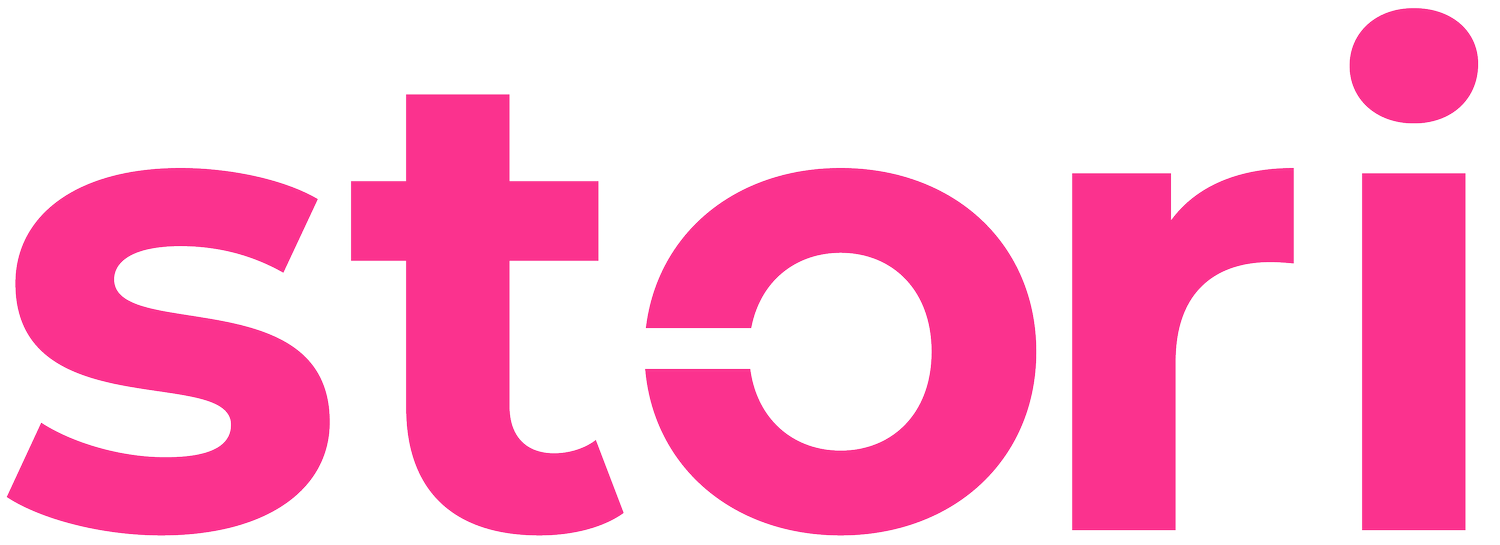Three stand-out higher ed social media marketing campaigns in 2021
Squirrel face by Johanna Lambert
City showcases, researchers on TikTok, and “leftfield” posts. Some of the stand-out higher ed social media content of 2021, that you recommended to your peers.
In collaboration with consumer intelligence experts at Brandwatch for Education, we’ve created The State of the Higher Education Social Media Marketing Profession in 2021.
We interviewed and surveyed higher ed social media marketing professionals across the UK and gathered insights from Brandwatch for Education.
3 of the best social media content campaigns selected by higher ed social media pros
Nottingham Trent University (NTU)
City life is a big draw for student audiences. NTU shares TikTok content that showcases places, events, and experiences including music venues and art galleries.
And independent shops!
TikTok from NTU showcasing independent shops
University of Cambridge
The University of Cambridge presents exciting research projects in an accessible and entertaining series of TikTok videos such as calls vs balls and optical illusions.
And let’s not forget butterflies and climate change!
TikTok from Cambridge University on butterflies and climate
Keele University
Keele University’s “leftfield” approach and tone of voice were a firm favourite.
Their Twitter bio reads:
Nestled in the Staffordshire countryside 🌳 Top 10 Student Experience (Times, 2020) 🎓 Shortlisted for Uni of the Year (THE, 2020) 🐿️ Many, many squirrels
Tweet from Keele University of squirrels nibbling through the internet wire
Further reading
Learn more insights from over 40 higher ed social media marketing experts from our new report.




